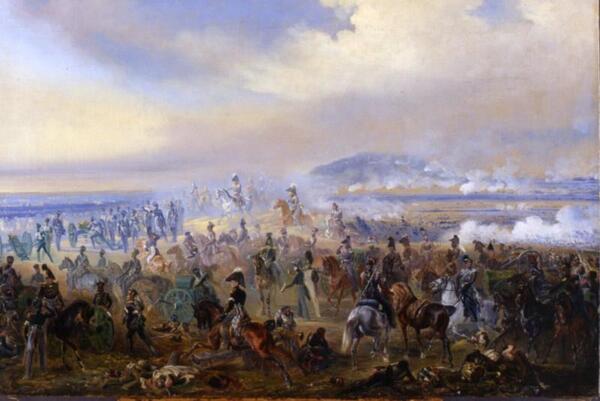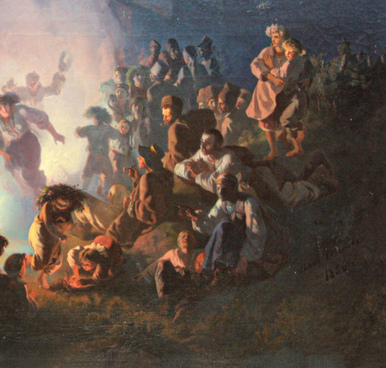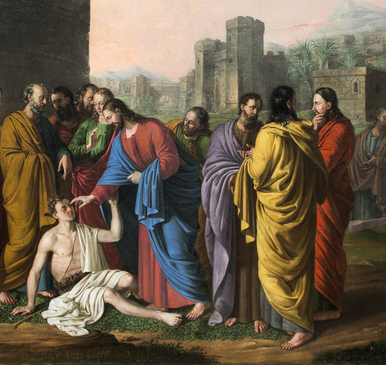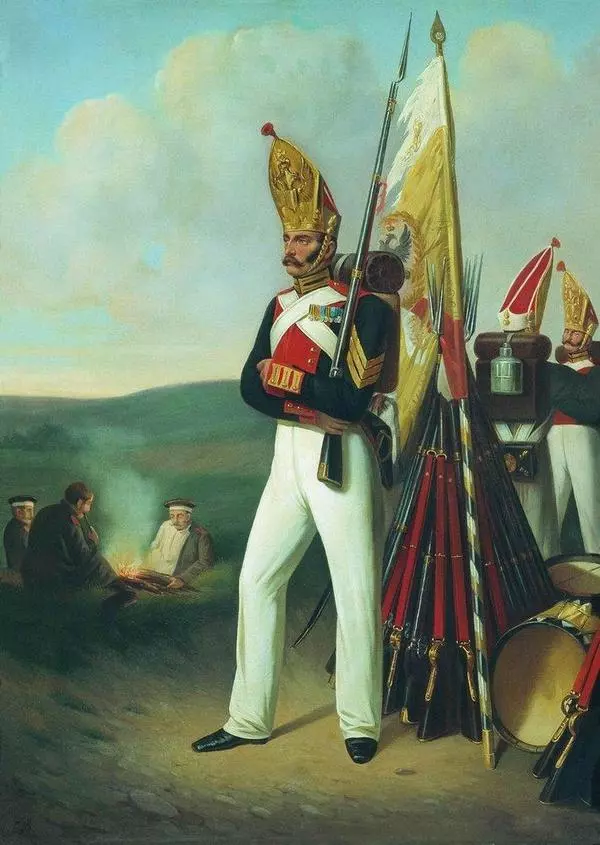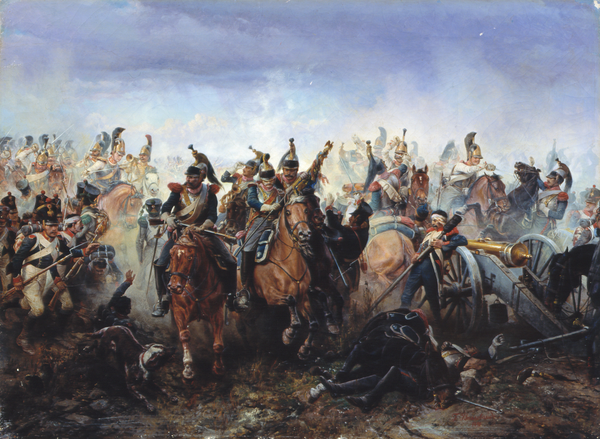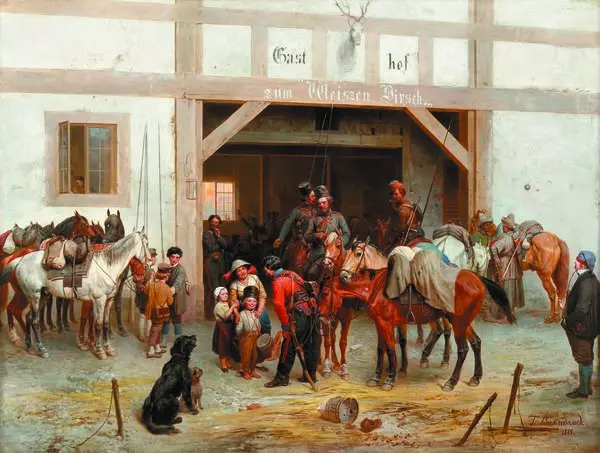The collection of the Nizhny Tagil Museum of Fine Arts includes “The Battle of Leipzig in 1813” by the famous Russian battle painter Bogdan Pavlovich Willewalde.
Bogdan Willewalde received an excellent education. In 1842, he graduated from the Academy of Arts with a Grand Gold Medal and earned a right to travel to Europe at the Academy’s expense. Throughout his life, the artist explored both earlier wars, including ones against Napoleon Bonaparte, and contemporary wars. Unlike many of his fellow battle painters, he visited the frontlines in Hungary, near Sevastopol, in the Caucasus, on the Danube, and in other regions. For almost half a century, Bogdan Willewalde was head of the battle painting department at the Academy of Arts where he brought up many talented artists. In his later years, the painter often turned to genre art, which he had been interested in for many years, and created a series of paintings documenting the Western European campaigns of the Russian army in 1813–1815.
Although small, this painting makes quite an impression due to the use of a bright and intense color palette, resembling enamel paints, and the masterfully depicted figures of military commanders on horseback, with their varied, dynamic, and dramatic poses. Willewalde uses the traditional composition with three planes that was typical of Academic art. The foreground is depicted with every minute detail, including the wounded soldiers left behind during the enemy’s retreat and the brave Russian commanders riding on horseback. Following the example of his teacher Alexander Sauerweid, who placed great emphasis on portraying horses in battle paintings, Bogdan Willewalde depicted pedigreed horses in the foreground with great excitement, knowledge, and skill. This became a distinctive feature of Russian battle painting in general. The middle ground is rather schematic, created using a blue color palette. The background was usually represented by a landscape — the element that Willewalde often ignored, preferring to fill the painting with numerous details. The cheerful color palette adds grandeur to the image. At the same time, the tragedy of war is lost, with idealized noble commanders standing out in all their splendor against the faceless crowd of soldiers.
The choice of subject is quite deliberate. The
Battle of Leipzig is one of the most important, landmark, and decisive battles
of the Napoleonic wars which involved the armies of ten nations. It became
known as the Battle of the Nations and is still considered one of the largest
battles in history.

